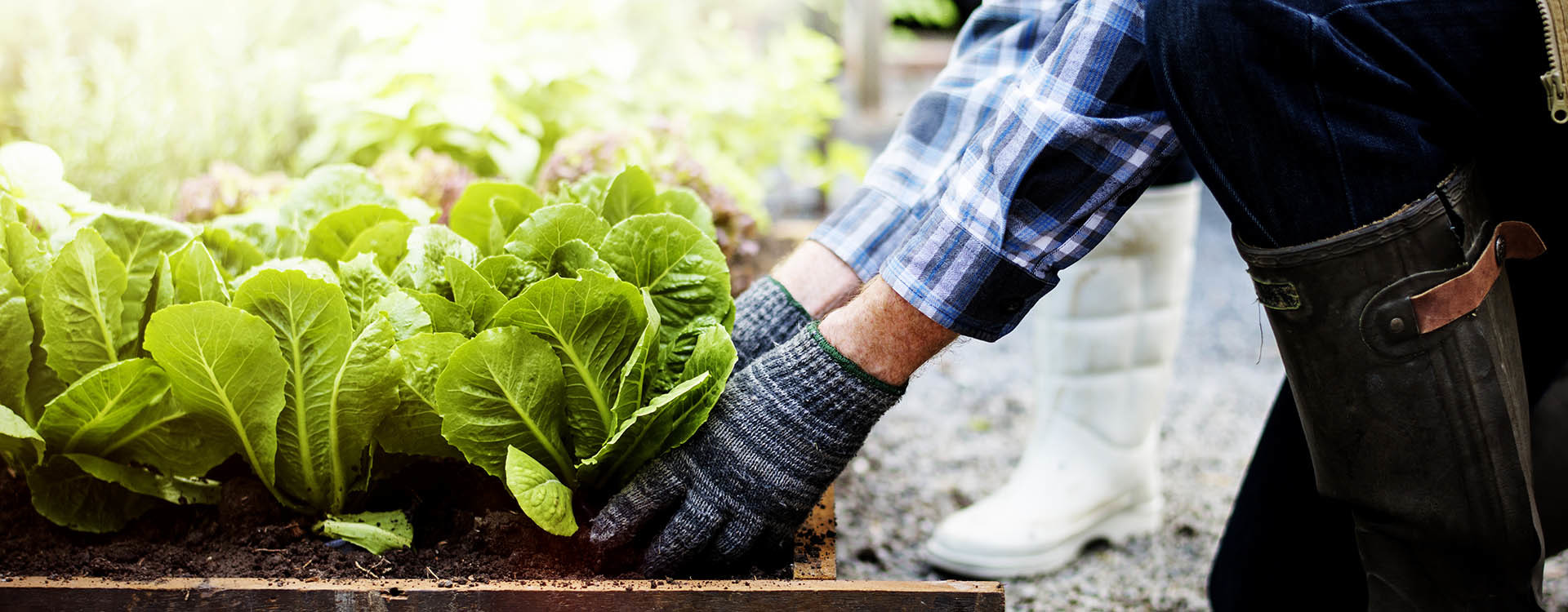The smart Trick of City Blooming That Nobody is Discussing
The smart Trick of City Blooming That Nobody is Discussing
Blog Article
The Greatest Guide To City Blooming
Table of ContentsNot known Factual Statements About City Blooming The Buzz on City BloomingIndicators on City Blooming You Should KnowCity Blooming Can Be Fun For EveryoneCity Blooming - The Facts
Intrigued in growing food for sale in the City of Chicago? Below is a listing of often asked questions pertaining to the rules and policies that cultivators need to think about when preparing a metropolitan farming project.
The zoning amendment does not change any type of various other codes handling composting, building permits, purchasing or leasing City owned building, service licenses or ecological contamination. There are existing codes that manage these problems and they continue to be in full result and may apply to your project. Area gardens are normally possessed or managed by public entities, public companies or community-based organizations and kept by volunteers.
Urban farms expand food that is planned to be sold, either on a not-for-profit or for-profit basis. Due to their business objective, city ranches require a service certificate.
City Blooming for Dummies
The quantity of compost product can not surpass 25 cubic backyards at any type of provided time according to the criteria in 7-28-715 of the City's Municipal Code. Due to the fact that the dirt at most new yard websites needs modifying, garden compost, soil, timber chips, or other products can be acquired to create or enhance the expanding space.

If a structure permit is required after that the hoophouse will certainly be considered an accessory building. You can learn even more regarding the structure permit requirements by contacting the Division of Buildings. The 25,000-square-foot dimension limit is planned to stop a single area garden from dominating an offered block or taking away from the block's existing household or commercial personality.
The restriction does not use to yards found in Public Open Space (POS) districts. Can there be more than one community garden that is 25,000 square feet on a solitary block? Secure fencing is not needed, nevertheless, yards that have huge car park locations may be called for to mount fence or other landscaping features.
Little Known Facts About City Blooming.
B1 & B2 districts require that all business usage activities be carried out inside. Is fence needed for urban farms? Fences might be required, along with landscaping and testing, for particular vehicle parking locations and exterior job or storage space areas depending on location and the details activity taking place.
Yes. Urban ranches need structure authorizations and zoning authorizations prior to building. Other types of city review might be needed depending upon particular structures, tasks, dimension, landscape design, licensing, public health and stormwater administration concerns. A number of these requirements are determined in the project layout or allowing process, nevertheless, the applicant may be accountable to try this site individually determine specific licenses or allows that might be needed.
Yes. The sort of certificate is figured out by what is taking place at the site. The Division of Business Matters and Consumer Defense can assist identify the details kind of service certificate that's called for. Yes. Off street auto parking is required for most commercial jobs in Chicago. The required variety of vehicle parking rooms is based upon the number of workers servicing site and not the square video of the growing room.
The Ultimate Guide To City Blooming

An urban farm can sell compost material generated on site, nevertheless, the procedure needs to abide with the policies in 7-28-715 of the Chicago Municipal Code. Aquaponic systems are allowed indoors on metropolitan farms in lots of zoning districts.
Approximately 5 hives or swarms of honey may be kept as an accessory use. Nonetheless, beekeepers have to register with the Illinois Department of Agriculture. For additional information concerning the recommended zoning modification you may speak to the Division of Housing and Economic Development, Bureau of Preparation and Zoning at 312.744.8563.
Farming in cities and city locations A metropolitan farm in Chicago. Urban agriculture refers to various techniques of cultivating. https://cityblooming.edublogs.org/2024/06/27/city-gardening-transforming-urban-spaces/, processing, and distributing food in metropolitan locations. The term likewise relates to the location tasks of animal husbandry, aquaculture, beekeeping, and gardening in a metropolitan context. Urban farming is distinguished from peri-urban agriculture, which happens in country locations beside residential areas.
The 5-Minute Rule for City Blooming
, that look for to develop social networks founded on a common ethos of nature and community holism. These networks can create by method of formal institutional assistance, coming to be incorporated right into neighborhood community preparation as a "shift community" activity for lasting city development.
In either instance, the a lot more straight accessibility to fresh vegetable, fruit, and meat products that might be realised through metropolitan agriculture can improve food safety and security and food security while lowering food miles, bring about reduced greenhouse gas emissions, consequently contributing to climate modification mitigation. Several of the first evidence of metropolitan agriculture comes from Mesopotamia.
Report this page